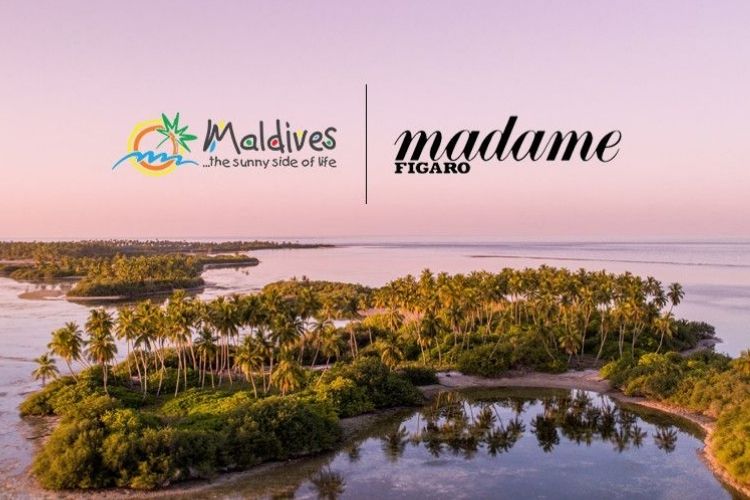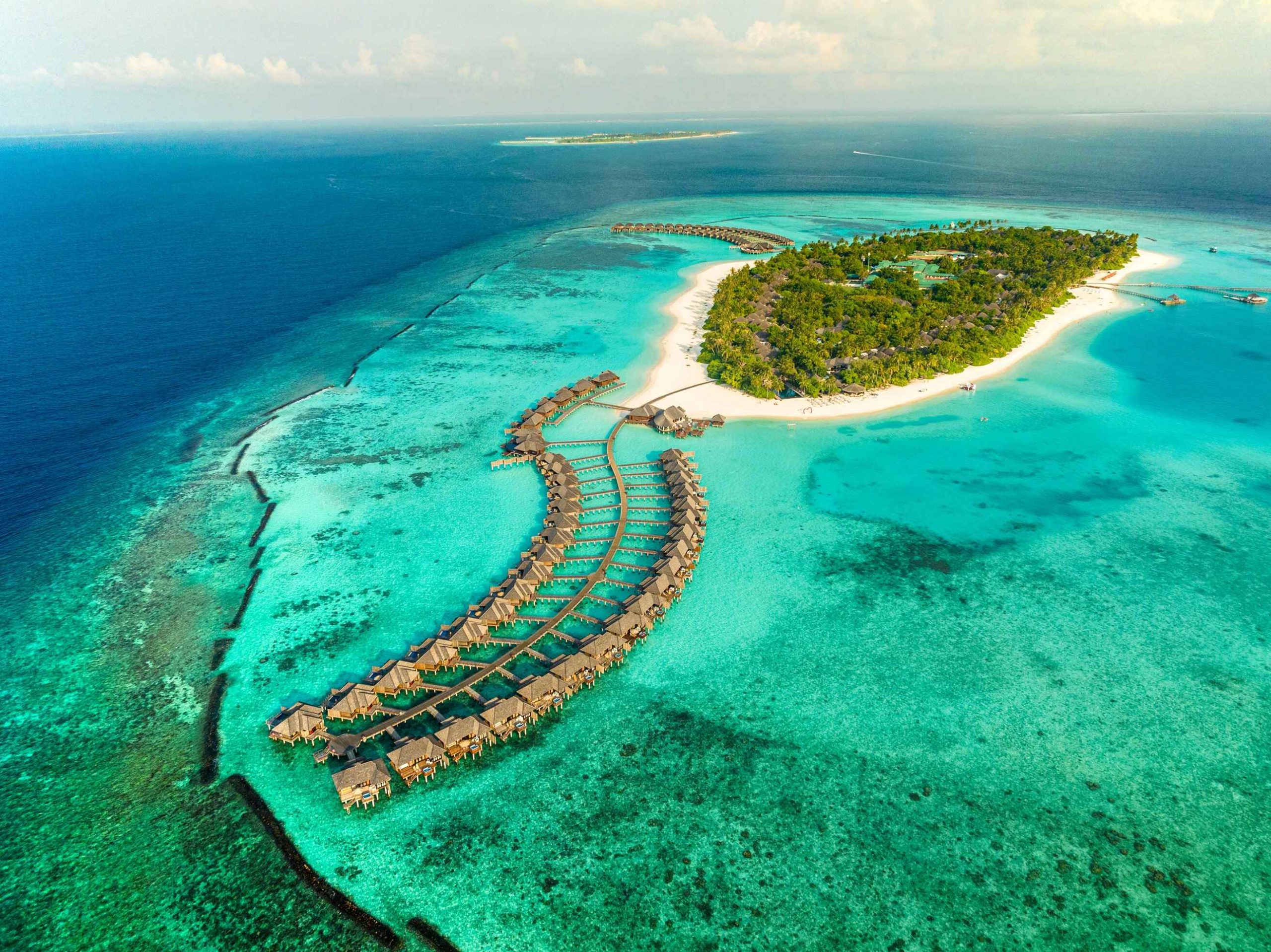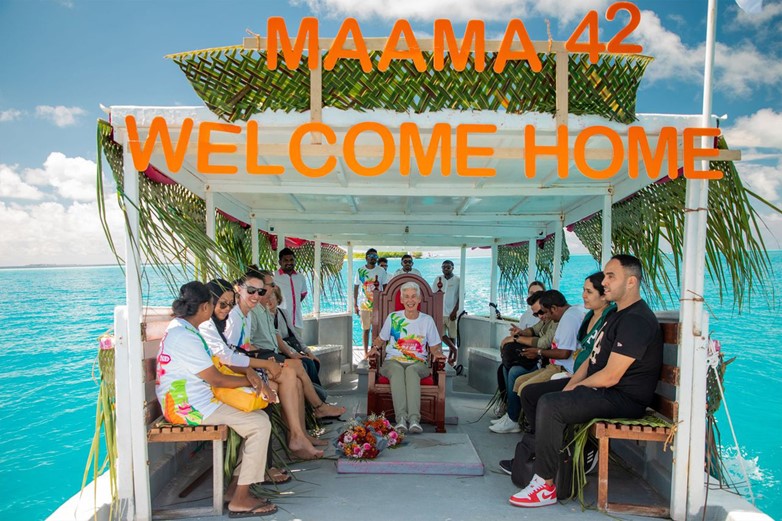Visit Maldives is conducting an exciting media campaign with Madame Figaro, a French high-end lifestyle magazine. Conducted from 14th October, the month long campaign will promote the Maldives as a leading safe haven destination targeting the high-end market in France. Ultimately, the campaign aims to ensure Maldives remains the top of the mind destination when borders re-open for French travelers.
Under the campaign, Madame Figaro will produce an editorial piece on the Maldives as a safe haven destination. The unique geography and the safety provided by the scattered islands of Maldives will be highlighted in the article as well as the sought-after products and unique experiences of Maldives.
In addition to the editorial piece, the breath-taking scenery of Maldives will be featured in ads promoting the country as the destination of choice for one’s next vacation. The content produced under the campaign will also be sent out to a significant database through the newsletter. Furthermore, Maldives will be advertised through Madame Figaro’s social media handles reaching over millions of potential travelers.
A brand of the top media Le Figaro, Madame Figaro is one of the leading and most popular high-end lifestyle women’s magazines in France. Madame Figaro brand counts 6.1 million monthly unique visitors and holds over 2 million followers on its social media accounts. The campaign with an outlet as well established as Madame Figaro will play a significant role in positioning Maldives as the most desired destination for French travelers.
As of 13th October 2021, the French market is the top 10th largest source market to the Maldivian tourism industry this year, with an impressive arrival figure of 17,031 travelers. With ease in travel restrictions and direct flight connectivity through Air France, it is estimated that the arrival figure from the French market will increase in the coming months as well.
As France is a key source market to the Maldives, Visit Maldives is steadfastly working to ensure Maldives remains one of the leading and most desired destinations in the French market.
So far this year, Visit Maldives has conducted a digital and social media advertising campaign with TO Odigeo and have partnered up with TO Amplitudes to promote Maldives. They have also taken part in two leading travel trade fairs for the French market, IFTM Top Resa and Monaco Yacht Show. Furthermore, Visit Maldives is also in the process of conducting a year long travel trade training webinar series having successfully concluded two sessions. Activities in the pipeline include taking part in ILTM Cannes, a campaign with Kuoni, plus a media and individual fam trip.







